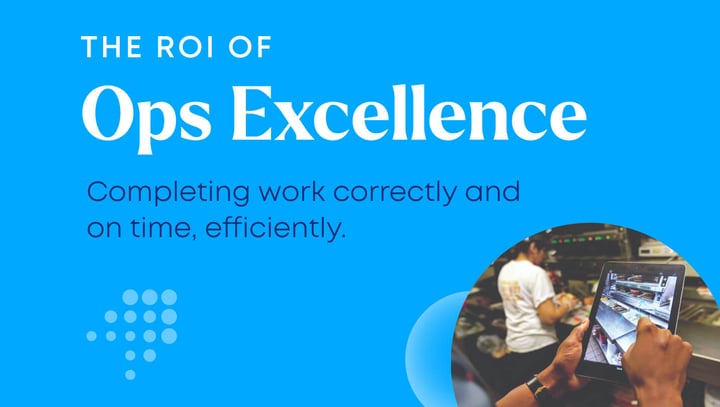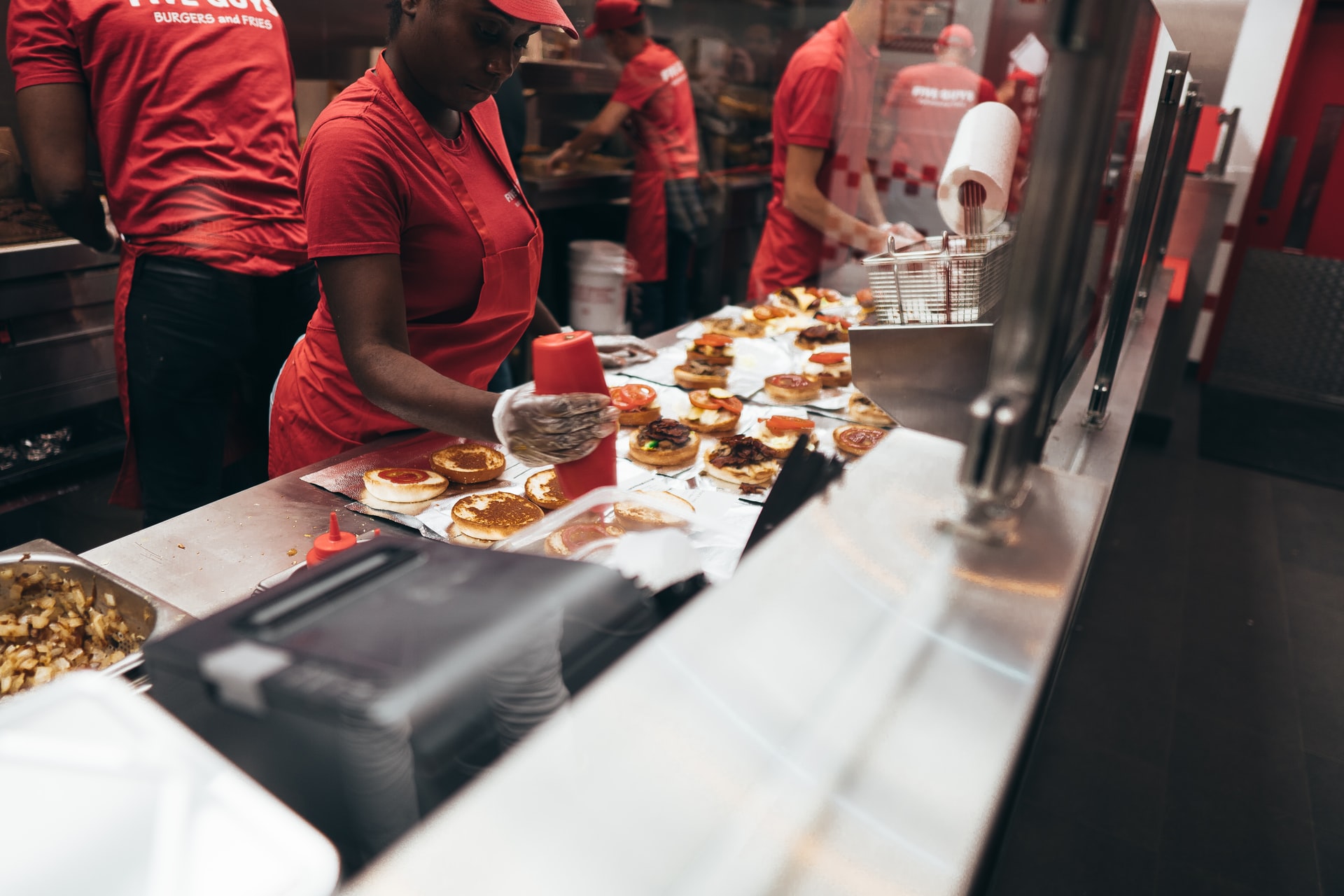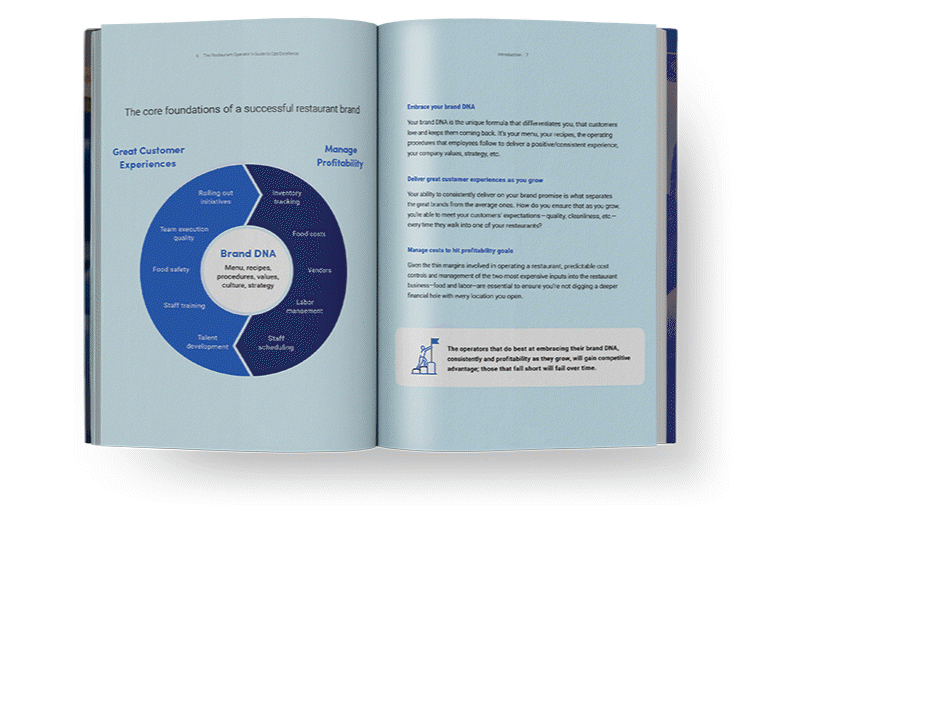
- Home
- Crunchtime Blog
- How OpsX Enhances Customer and Employee Experiences in Every Store

How OpsX Enhances Customer and Employee Experiences in Every Store
When considering what it takes to run a successful restaurant operation, many automatically think of behind-the-scenes responsibilities that are managed in the back office, like ordering inventory or purchasing supplies. But a crucial and often overlooked part of achieving restaurant success is ensuring that operating procedures are happening correctly and on time every day in every store to create consistent customer experiences.
Operations execution (OpsX) encompasses the work that happens each day in stores and how operations leaders ensure that the work is happening the right way. From the customer experience to how food is prepared and handled, OpsX is the essence of what makes a restaurant tick. Creating that consistent customer experience is the core of operations execution. It’s about ensuring work is done correctly and on time every day in every store to keep business moving and growing. When restaurants fail in this area, they end up with disappointed customers and frustrated employees.
The Importance of Operations Execution
Each shift, restaurant employees are expected to complete specific tasks and responsibilities to ensure the store runs smoothly. This work may vary depending on the role, the time of day, or even the day of the week, but it must be done at the right time, in the right way–every time. Here are three ways that leading restaurant brands use thoughtful OpsX practices and tools to succeed:

1. Roll out new processes and initiatives faster with the right tools
When operations have outdated processes and systems, it can mean that communication is inconsistent, time-consuming, or nonexistent altogether. For instance, imagine a district manager has to call each of their stores individually or hope that an email gets noticed in the middle of a busy lunch rush. When urgent communication is required, hoping that the messages reach the right people is not a viable option.
Today, the hectic environment of the restaurant industry calls for more effective tools. Systems should be in place to quickly and easily roll out new initiatives throughout the entire organization with timely announcements and notifications.

2. Increase team productivity through automation
Store teams often have long lists of work to complete every day, yet struggle with the time, staffing, and resources needed to complete them (and complete them the right way). When using the right tools, team productivity can be increased exponentially so that important tasks never fall through the cracks.
One strategy to increase productivity is prioritization. Store managers and teams can use digital task lists to help prioritize their time each day, with guidance on when to do it and how to do it correctly. Meanwhile, automation can help teams get more done with the time they have.
3. Improve the quality of workWhile improving the efficiency of your teams is important, it’s critical to do so without cutting corners when it comes to quality. To ensure successful operations execution, equip your teams with the tools needed to operate at a higher level and more productively, with clear visibility for management into the work being done.
Using digital tools can assist a restaurant operation to continuously improve, as historical data can be used to identify reoccurring problems. For example, having a digital record of corrective actions can help operators recognize issue patterns and get to the root cause.
With each shift consisting of countless moving parts, restaurant teams need all the support available to be successful. Operations execution, the work that needs to be done and how it is done well, must remain top of mind for operators. Using the right tools and practices, each store can become more efficient, consistent, and ultimately profitable. For two more effective OpsX strategies and deeper insights into improving customer experiences, profitability, and growth, download The Restaurant Operator’s Guide to Ops Excellence.
Share this post
Related


3 Key Areas of Operations Execution that Drive Value in Restaurants
![[New Research] Improving Operations Execution Could Increase Sales Significantly](https://www.crunchtime.com/hs-fs/hubfs/_Y5A8457_JC%20%281%29.jpg?length=720&name=_Y5A8457_JC%20%281%29.jpg)

